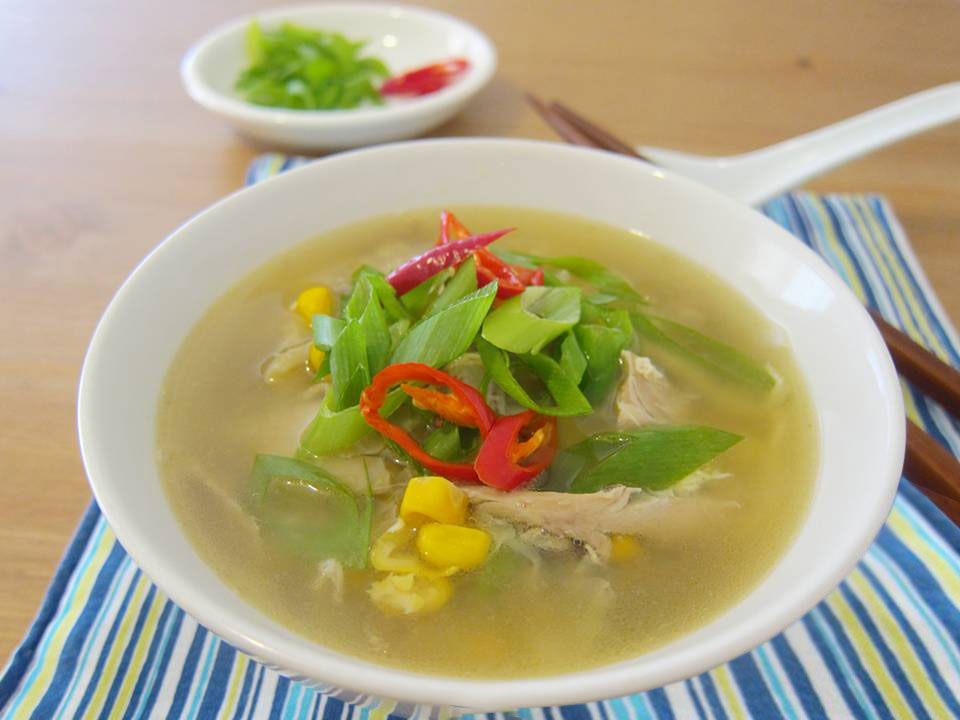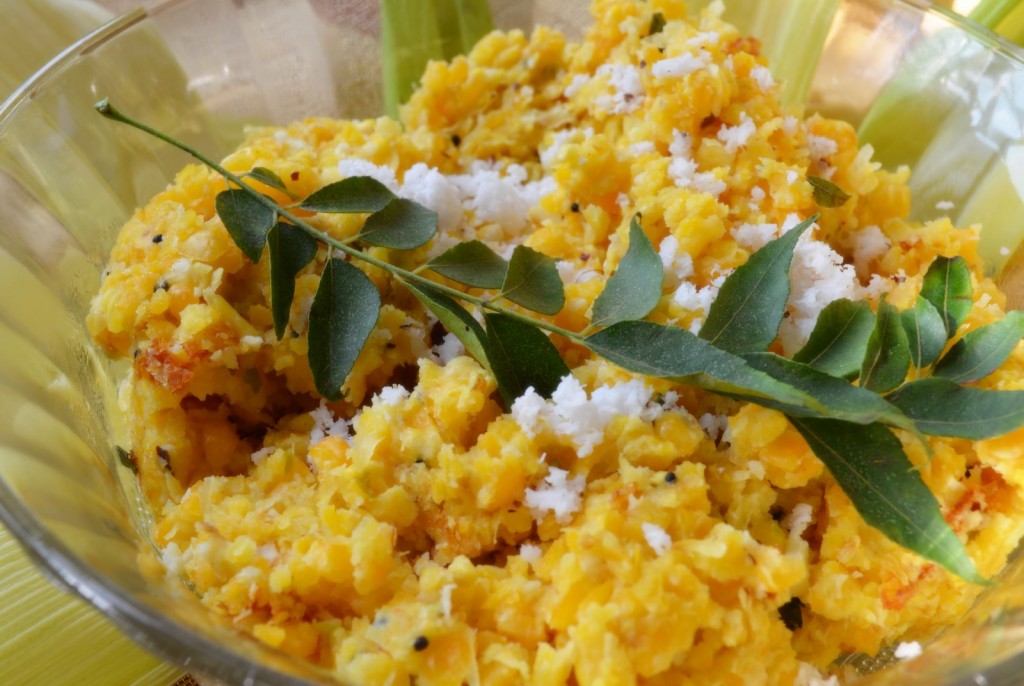Mainlining in curries, vying for attention in salads or drowning in cheese as pizza toppings, there is no bigger rockstar in the culinary world than the humble vegetable. Nothing beats the nutrients and health benefits of veggies – reduced cholesterol levels, lowered risk of heart diseases and lowered calorie intake – especially when consumed seasonally. We throw the spotlight on one seasonal beauty each month with some must know info and some easy-to-cook recipes, so you can stock up and get munching!
Yes – corn is a vegetable. In fact, it’s the most widely consumed vegetable in summer after potatoes. Whether eaten as a roasted bhutta, as boiled corn or even in Indian gravies – everyone loves to get a little corny at times. A part of the grass family, corn is one of the few food staples that is consumed and used completely. Here are some other interesting facts about the golden star.
Lesser Known Facts
- Corn can be grown in any region except Antarctica.
- It is also used to produce fuel, alcohol and gasoline burn cleaner.
- It is one of the main ingredients in most pet foods.
- One bushel of corn can approximately sweeten more than 400 cans of aerated drinks.
Types of Corn
Corn comes in many forms, with the two most common types being sweet and field corn. The majority is bred particularly for their taste, while others are bred for their high yields, shape and for decoration.
Sweet Corn
They are sugary, shrunken and brittle, which makes them apt for use in salads, sandwiches and pizzas. They are most widely eaten with a pinch of salt and a dollop of butter. Sweet corn is harvested at an immature stage, rather than being left to dry out and is consumed as a grain.
Field Corn
Also called dent corns, these are generally high on starch content with a very thin outside layer and are used for their dry nature. Dent corn is also popular as animal feed, for making alternative fuel, in alcohol and solvents, and even as fiber.
Popcorn
When these dense, moisture resistant corn grains are introduced to heat, they pop up into big snowflake or mushroom style popcorn, which we all happily munch on. While we usually get the snowflake popcorn in movie theatres and at home, mushroom popcorns are used for candy confectionaries because of its non-crumbling nature.
Hominy
Corn soaked in alkali solution (lime water) is rich in Vitamin B and amino acids, which are essential for good health. They are also used in tortilla dough and salads. Polenta is another coarse meal eaten as soft mush. The concept started in Italy, and is now considered as a delicious and healthy option by Indians as well. It has a smooth, creamy texture which can be sliced in wedges or sticks, and pan-fried or oven-baked in a little olive oil, providing a lovely base for stews and thick sauces.
Here are some corn recipes shared by restaurants:
SWEET CORN SOUP
Ingredients
- 6 cups of vegetable stock
- 2 tablespoons cornflour
- 1/4 teaspoon soy sauce
- salt and black pepper to taste
- 1/2 cup of cream style sweet corn
- 1/4 cup finely chopped carrots, lightly steamed
- 1/4 cup finely chopped beans, lightly steamed
- 1/4 cup sweet corn kernels, steamed
- 2 tablespoons finely chopped spring onion leaves
Method:
- – Dissolve the cornflour in a little bit of vegetable stock.
- – Once dissolved completely, add the remaining stock, soy sauce, salt and black pepper to taste.
- – In a heavy bottomed sauce pan (without turning on the heat), add the cream style sweet corn, the corn flour-stock mixture and stir well.
- – When it mixes completely, turn the heat on and stir constantly before bringing the corn mixture to boil. – Once it thickens, stir in the remaining ingredients (carrots, beans, spring onion leaves) and boil for a few more minutes.
- – Finally, turn off the heat and taste. Adjust the seasoning to suit your palate.
CORN UPMA
Ingredients
- 4 white corn cobs (White corn is used in this recipe and not sweet corn since it is waxy, glutenious in nature)
- Salt to taste
- ½ tablespoon turmeric powder
- ½ tablespoon hing
- ½ tablespoon jeera/cumin seeds
- ½ tablespoon sarson seeds
- 10 curry leaves
- 2-3 green chillies
- ½ tablespoon sugar
- Fresh Coriander leaves to garnish
Method:
- – Grate 3 white cobs into a paste or cream with the help of a grater or a mixer. Then cut off the remaining corn into kernels with the help of a knife.
- – Put some oil in a pan and add jeera, sarson, turmeric powder, green chilli, curry leaves and hing in it.
- – Add the grated cream and kernels to the tadka and simmer it for 15 minutes. Add a cup of water if needed and then put a lid on the pan before letting it cook for 10 more minutes.
- – Finally, add some sugar for flavour and garnish it with coriander leaves.
- – Serve hot with some mint chutney.
Source: times city



